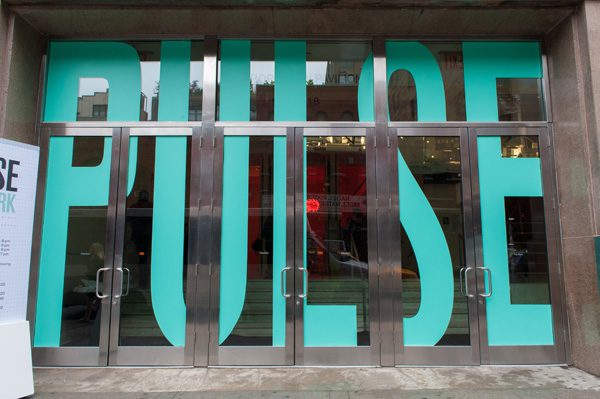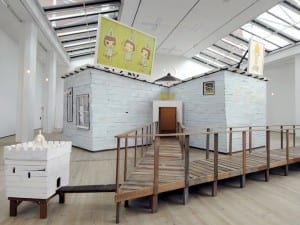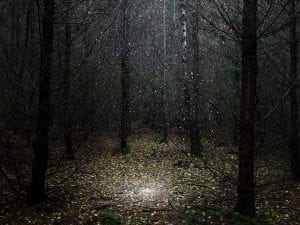Marking its eight edition, PULSE New York took over the city last weekend to present 60 national and international galleries, exhibiting a mix of emerging and established artists. Covering a variety of media, photography, painting, sculpture, performance, installation and video art, the fair celebrates artistic practice and a range of talent . PULSE Contemporary Art Fair Director Cornell DeWitt speaks to Aesthetica about why PULSE is an antidote to the institutionalized art fair and is at the heart of the New York art scene.
A: What are the highlights of this year’s PULSE New York?
CDW: The diversity at PULSE ranges from the emerging artists showing at younger galleries in the IMPULSE section to the more established galleries showing mid-career artists and blue-chip work in the main section. The entire feel of the fair is a highlight, as is the beautiful and knowledgeable work on show – all of this together is what makes the fair successful. The special projects and Pulse Play video programme are exciting elements, especially the three ongoing performances, which include Franco Mondini Ruiz from Creative Capital, Lisa Lozano and Tora Lopez having a vacation in the coat closet, and Tim Youd retyping and reciting Henry Miller’s Tropic of Capricorn at Coagula Curatorial, that literally give a “real life” to the fair.
A: What does PULSE offer that you won’t find at larger fairs?
CDW: PULSE offers not only diversity but also approachability. For example, it is easily accessible and right in the heart of the city. Established serious collectors come in to buy art as well as those who have never been to an art fair and can purchase work for the first time.
PULSE’s strength is that it is a fairly compact package, which not only works but it is digestible. The fair is a well thought out tightly curated exhibition, while at the same time it expands upon a wide variety of price ranges and a wide variety of styles, from conservative to cutting edge.
A: How has the fair changed since you became the director in 2010?
CDW: I’ve been involved in many aspects of art fairs over the years, including being a visitor, bringing clients to fairs, participating in fairs as a gallerist, and working with artists as a curator. So, I was able to combine all of that with my history, respect, and understanding of PULSE. I never had a vision of doing anything radical, instead I made incremental changes that were more evolutionary, rather than revolutionary, while keeping pace with the constantly changing art fair landscape and large dynamic art markets like NYC.
A: What can we expect from PULSE in the future?
CDW: PULSE is already a great experience with a great aesthetic, but our intention is to continue to be led by our galleries and make small adjustments each year as we push ahead. We are looking forward to our 10th anniversary in 2014!
A: What impact has PULSE made on New York City’s art scene?
CDW: We have a large international following and feature galleries and artists who have not previously shown in New York. Anyone can visit the fair and see new works and get an insight into what is happening in the art world right now.
A: What was the predominant theme trending throughout PULSE New York this year?
CDW: This year the theme was collage, which is definitely a personal favorite of mine. The PULSE prize winner Marjolijn De Wit (no relation) and Ghost of a Dream from Davidson Contemporary presented very strong collage work.
A: Tell me why PULSE is a must-see art fair in one sentence.
CDW: Simply because everyone will see something they will love.
PULSE New York was 9 – 12 May at The Metropolitan Pavilion, 125 West 18th Street, New York City.
Ashton Chandler
Credits
Both images courtesy of Yael Eban.





